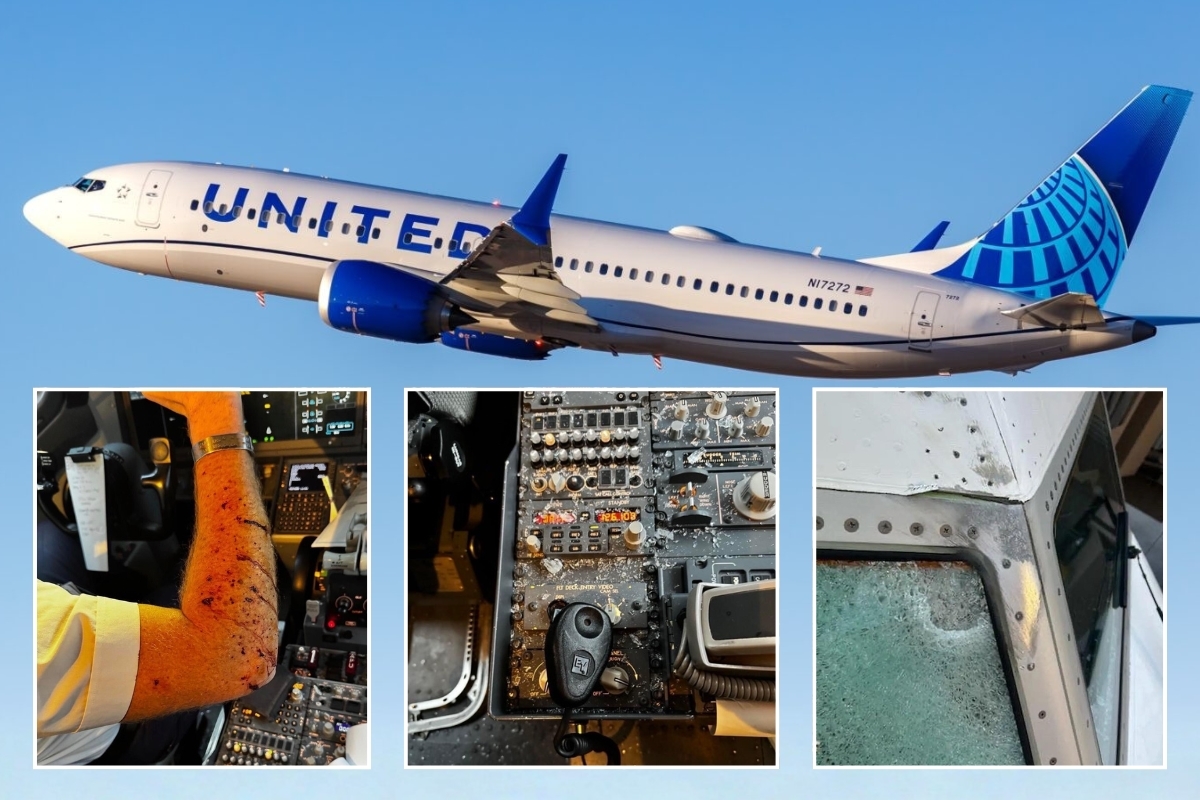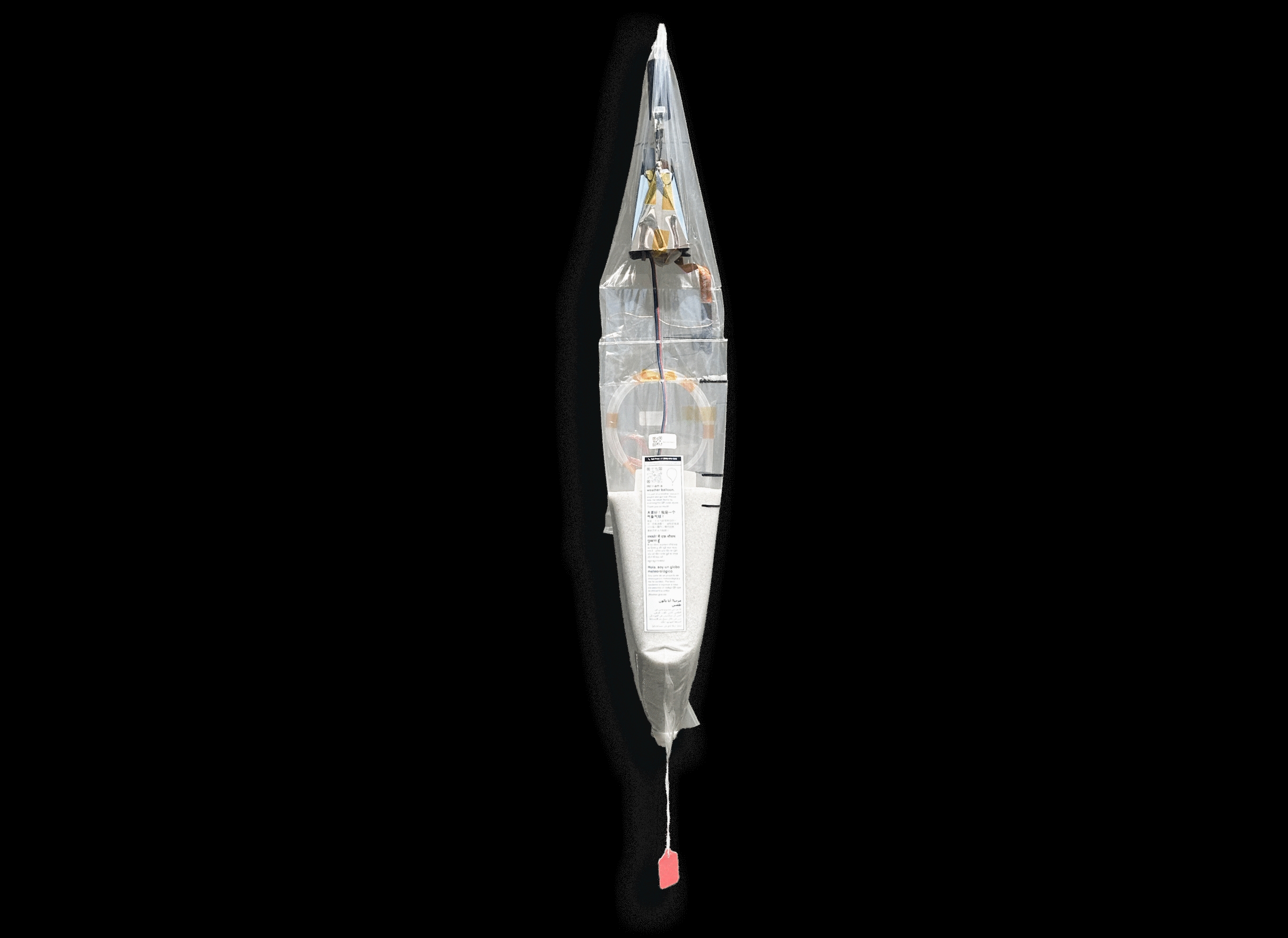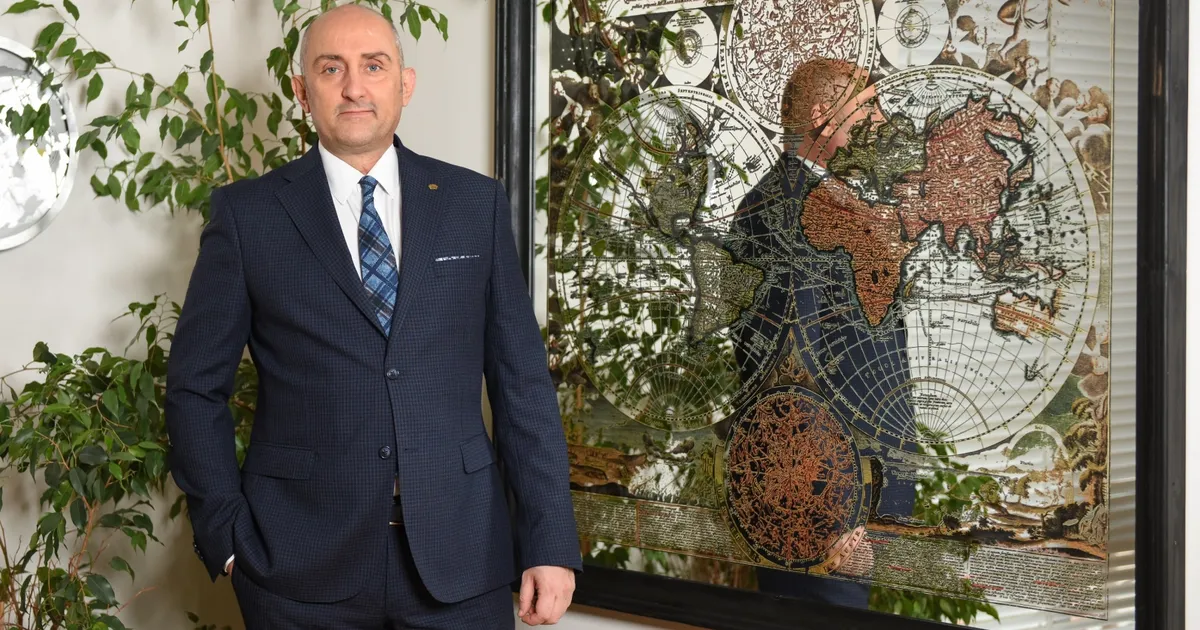Discover how investigators uncovered the truth behind the United Airlines flight collision, revealing a weather balloon as the surprising cause.



The puzzling collision that occurred aboard a United Airlines flight traveling from Denver to Los Angeles last week has finally been explained. Initial reports and pilot statements led many to believe that the object might have been space debris or even a meteor. After a detailed investigation, authorities determined that the impact was caused by an unexpected source — a weather balloon belonging to the tech company WindBorne Systems.

The company, which focuses on atmospheric research, confirmed launching an internal investigation immediately after learning of the event. Preliminary findings have already been shared with both the NTSB and the FAA, and the inquiry remains ongoing. WindBorne has been developing innovative weather balloons for six years, using them to collect crucial environmental data that powers its AI-based forecasting models.

Online aviation enthusiasts quickly pieced together the puzzle by comparing the flight’s path with the positions of WindBorne’s active balloons. The match revealed a striking coincidence that soon became confirmation. The collision left the cockpit window severely fractured, and one of the pilots suffered a minor arm injury from shattered glass. Fortunately, the crew managed to safely divert the 737 MAX aircraft to Salt Lake City International Airport, avoiding any fatalities.


WindBorne emphasized the safety of its balloon designs, reiterating that they are lightweight—each weighing around 1.2 kilograms—and compliant with all existing airspace regulations. These balloons collect vital data, including wind velocity, pressure, and temperature readings to enhance global weather analysis. The company stated that collisions are extremely rare and unlikely to cause substantial damage to aircraft or equipment.

When news of the incident first emerged, fears surrounding space debris resurfaced across the aviation and scientific communities. It’s estimated that more than 130 million fragments of man-made debris currently orbit Earth, with a combined weight approaching 9,500 tons. This growing hazard is being intensified by the surge in satellite constellations such as Starlink and similar projects expected to launch tens of thousands of new satellites within the coming decade.
Although modern companies assert that their satellites will burn up completely during reentry, the expanding presence of orbital traffic poses ongoing challenges. As technology advances, the intersection of aviation safety and orbital debris management will undoubtedly remain a crucial issue for global regulators.























Sigortahaber.com, sigorta sektöründeki en güncel haberleri, analizleri ve gelişmeleri tarafsız bir bakış açısıyla sunan bağımsız bir haber platformudur. Sigorta profesyonellerine, acentelere ve sektöre ilgi duyan herkese doğru, hızlı ve güvenilir bilgi sağlamayı amaçlıyoruz. Sigortacılıktaki yenilikleri, mevzuat değişikliklerini ve sektör trendlerini yakından takip ederek, okuyucularımıza kapsamlı bir bilgi kaynağı sunuyoruz.